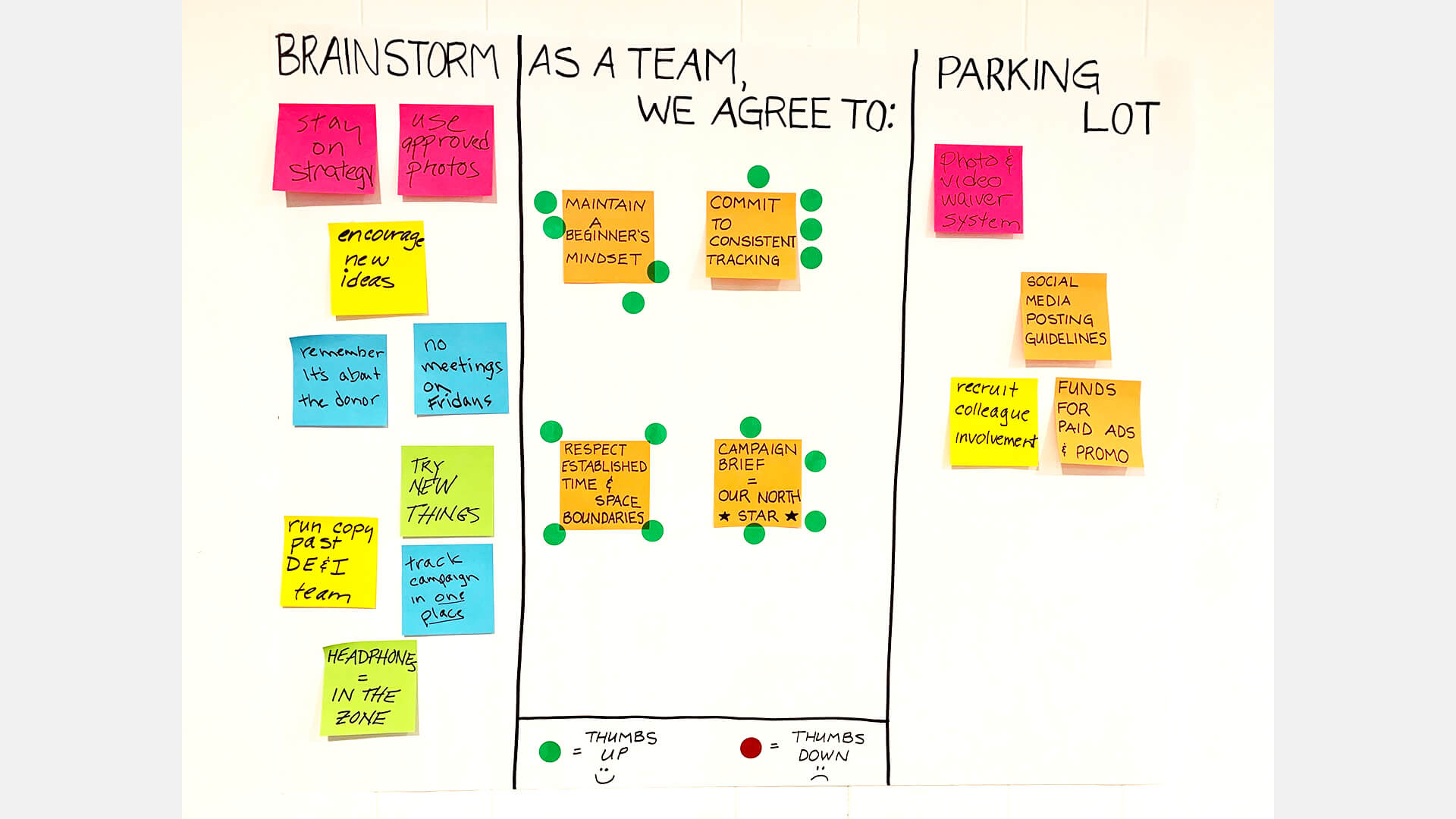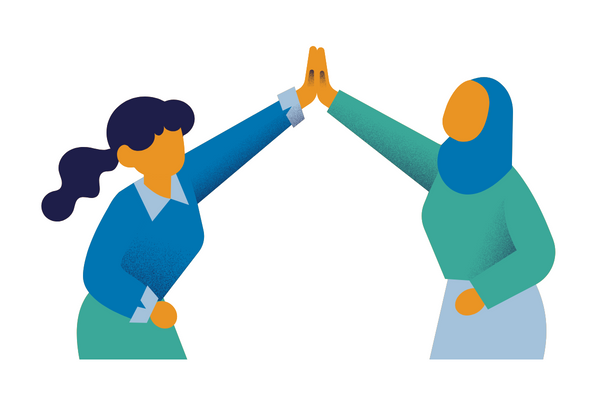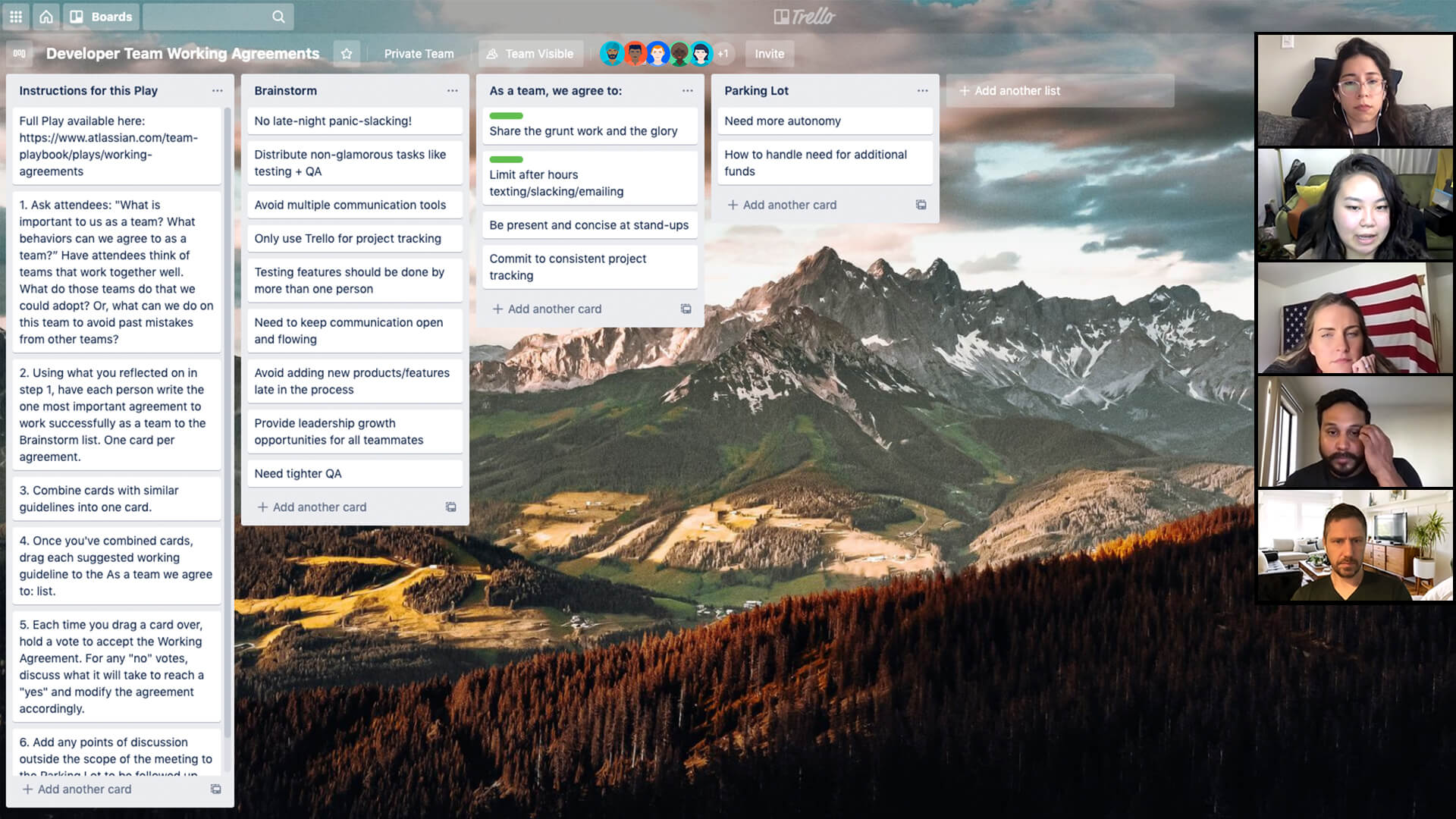Team Accountability: Improving Working Agreements Coaching
By Team Lean Agile Intelligence

Improving Working Agreements Coaching
Developing working agreements is vital for Team Accountability. Any team looking to improve team dynamics and productivity needs to have a solid team working agreement.
In this post, we explore the most effective ways to approach Team Accountability, sharing key best practices that can be applied at different stages of your learning journey. By following these foundational techniques, you can equip yourself with the skills and knowledge needed to implement successful team strategies. However, it's important to remember that Team Accountability is just one component of the bigger picture. To gain a comprehensive understanding of your team's current process status, we recommend taking advantage of our free agile assessment for Team Agility.
Team Accountability and The Learning Journey
At Lean Agile Intelligence, we recognize Team Accountability as the process to ensure team members understand and commit to their roles and responsibilities in adhering to working agreements. We divided the learning journey into 4 different stages: Developing, Emerging, Adapting, and Optimizing. In the following sections, we will discuss each stage in detail as well as provide practical tips and techniques to help you extend your skills in this area.

Source - Working agreements
Developing
A team's coach “developing” an understanding of the value of Team Accountability and adopting the foundational techniques should focus on the following improvements:
-
The What: All team members have a say in their commitments and own the delivery
-
The How: By using collaborative planning techniques, promoting self-organization, emphasizing collective responsibility, fostering open communication, providing opportunities for learning and growth, and fostering a culture of feedback, Agile teams can ensure that all team members have a say in their commitments and own the delivery. This leads to a more engaged and empowered team, and ultimately results in better outcomes and success for the team and the project. Let's dive deeper into each techniques:
- Use Collaborative Planning: Agile teams can use collaborative planning techniques, such as sprint planning or iteration planning meetings, to involve all team members in the process of defining commitments for the upcoming sprint or iteration. These meetings provide a forum for team members to discuss and estimate the work to be done, negotiate scope, and collectively make commitments. This ensures that all team members have a say in the commitments and are actively involved in the planning process.
- Practice Self-Organization: Agile teams should encourage self-organization, where team members have autonomy and accountability for their work. Team members should be empowered to make decisions, contribute their ideas, and take ownership of their commitments. This fosters a collaborative environment where all team members can actively participate and contribute to the delivery of the work.
- Foster a Culture of Feedback: Agile teams should establish a culture of continuous feedback, where team members provide feedback to each other on their commitments and delivery. This feedback can be both positive and constructive and should be given in a respectful and supportive manner. Regular feedback loops promote transparency, accountability, and ownership among team members, and help to improve the quality and effectiveness of the team's work.
- Use Collaborative Planning: Agile teams can use collaborative planning techniques, such as sprint planning or iteration planning meetings, to involve all team members in the process of defining commitments for the upcoming sprint or iteration. These meetings provide a forum for team members to discuss and estimate the work to be done, negotiate scope, and collectively make commitments. This ensures that all team members have a say in the commitments and are actively involved in the planning process.
-
-
The What: Team members have clarity of their roles on the team and who is responsible for specific activities
-
The How: By defining clear roles and responsibilities, using role definition workshops, encouraging open communication, providing documentation and resources, fostering cross-functional collaboration, and conducting regular retrospectives, Agile teams can ensure that team members have clarity of their roles on the team and who is responsible for specific activities. This promotes a collaborative and effective team environment where team members can confidently and proactively contribute to the success of the team and the project.
-

Emerging
A team's coach “emerging” beyond the foundational techniques of Team Accountability and embracing it as they become more proficient should focus on the following improvements:
-
The What: Clearly defined and visible working agreements were co-created by all team members
- The How: Visibility is critical for the success of working agreements. In co-located spaces, you can utilize “Big Visible Information Radiators” originally coined by Agile manifesto co-author Alistair Cockburn. You can read more about that here. Many companies utilize virtual collaboration tools to achieve this such as Mural, Miro, Confluence, etc.
-
The What: The team holds each other accountable for not respecting their working agreements
- The How: Foster a culture of accountability where team members hold themselves and each other responsible for adhering to the working agreements. This can be promoted through team discussions, feedback loops, and peer-to-peer accountability. Team members should feel empowered to speak up if they notice any deviations from the working agreements and hold each other accountable in a constructive and respectful manner.
* * * * * *
"As the name suggests, “working agreements” should be agreed upon by everyone on the team."
* * * * * *
Adapting
A team's coach that is “adapting” the Team Accountability to extract the full benefit should focus on the following improvements:
-
The What: Team Members are not afraid to admit their mistakes
- The How: Foster a Safe and Non-Blaming Environment as well as Celebrating and Acknowledging Learning from Mistakes are ways that teams can make members feel comfortable admitting their mistakes without fear of negative consequences. This can be achieved by promoting a culture of trust, openness, and psychological safety, where team members are encouraged to share their learnings, failures, and mistakes as opportunities for improvement rather than as reasons for blame or punishment. Agile teams should celebrate and acknowledge team members who admit their mistakes, share their learnings, and take steps to prevent similar mistakes in the future. This can be done through team recognition, rewards, or other forms of positive reinforcement. Celebrating and acknowledging learning from mistakes reinforces the importance of admitting mistakes as part of the team's culture and encourages others to do the same.
-
The What: The team's working agreements are often updated after retrospectives
-
The How: By including working agreements as a retrospective agenda item, encouraging open and honest feedback, using the "Start, Stop, Continue" approach, capturing and documenting working agreements, involving the whole team in updating them, and regularly reviewing and revising them, Agile teams can ensure that their working agreements are kept up-to-date and effective in guiding their ways of working. This helps the team to continuously improve and adapt their practices for better performance and outcomes.
-

Source - Working agreements
Optimizing
A team's coach “optimizing” knowledge sharing of the Team Accountability practice learnings across the enterprise should focus on the following improvements:
-
The What: There are objective success criteria and measurements defined to assess the team
- The How: Agile teams should work collaboratively to define clear and measurable success criteria that align with the team's goals and objectives. These success criteria should be specific, realistic, and achievable and should be defined in a way that allows for an objective assessment of the team's performance. Examples of success criteria could include meeting sprint goals, delivering high-quality software, achieving customer satisfaction targets, or meeting release deadlines. Teams can use the SMART (Specific, Measurable, Achievable, Relevant, Time-bound) framework to define success criteria and measurements. SMART goals provide a structured approach to setting objectives that are clear, measurable, and aligned with the team's overall goals. Using the SMART criteria ensures that success criteria are objective, measurable, and time-bound, which makes it easier to assess the team's performance against those criteria.
* * * * * *
"Agile coaches are continuous learners that bring new ideas to the people they coach."
* * * * * *
Conclusion
In conclusion, Team Accountability is needed to provide a strong foundation for creating a collaborative and productive team environment. As coaches develop their understanding of this practice, they can focus on improving their skills in crafting effective working agreements, facilitating team discussions, and handling violations of agreements. Ultimately, focusing on techniques to improve Team Accountability can help teams achieve their goals and improve their overall performance, and agile coaches play a crucial role in ensuring the success of this practice. If you want to gain a comprehensive understanding of your current team's process status, we recommend taking advantage of our free agile assessment for Team Agility.